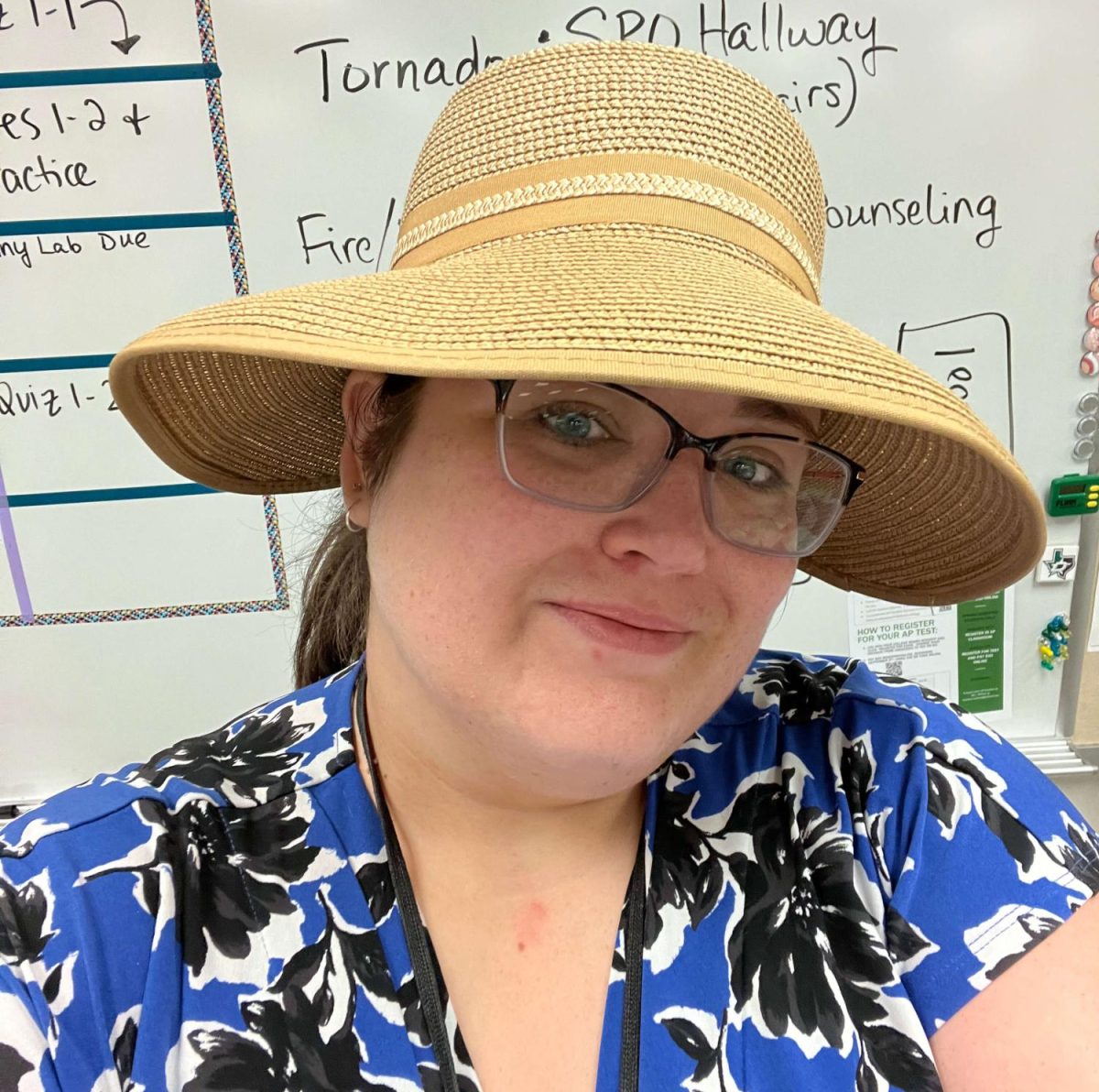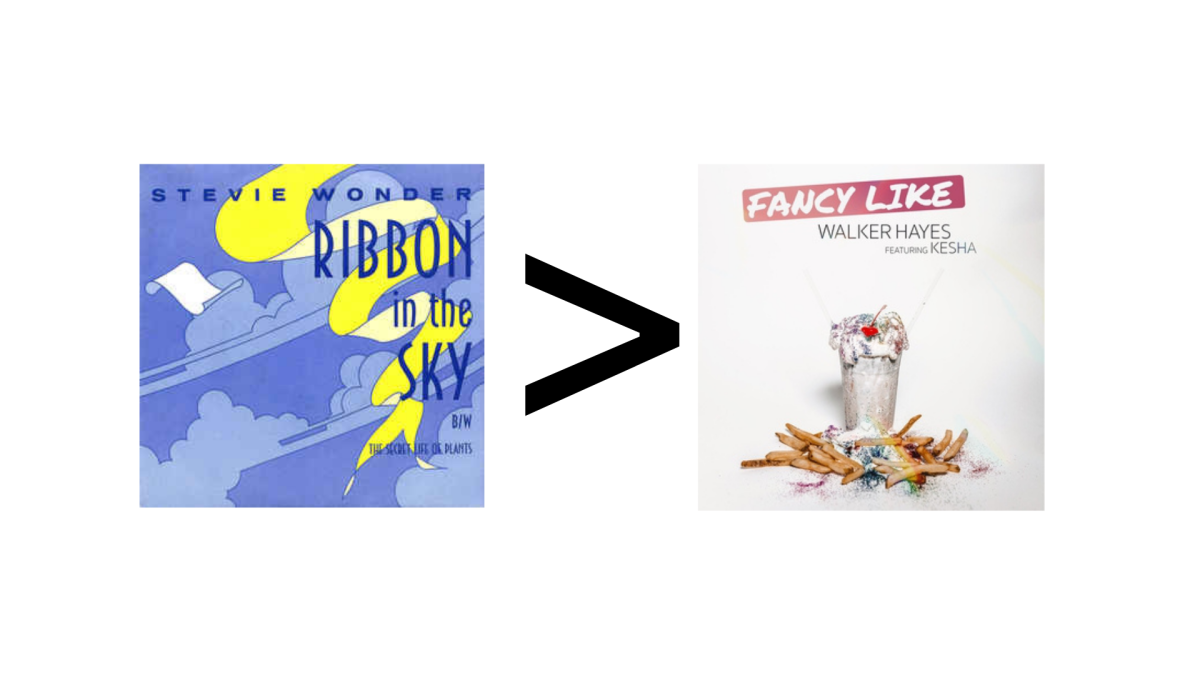The bell rang to end second period — five minutes. That’s all the time she had. She rushed into the bathroom and immediately pulled out her THC pen. She hadn’t had any weed in a while, but she took her typical two blinks and made her way to her next class.
She sat in silence, sweat dripping down her face, forming a puddle at her desk. She was shaking from the high, and paranoia was slowly creeping in.
“I put my head down and I’m like, ‘You’re OK, you’re not gonna pass out; you’re not gonna throw up; you’re not gonna do either of those — you’re fine, just breathe.’ The next thing I know, I’m on the ground, face down and I’m being shaken awake.”
She was woken by another student who was walking through the hallway past the classroom, just before the teacher walked into the room.
This story isn’t just a cautionary advertisement on so-called “depression sticks” or a PSA from Crime Stoppers on the dangers of drugs, this is the actual experience of a junior here in Azle. It’s easy to assume based on movies and TV shows that this kind of behavior is commonplace in modern high schools. Shows like Euphoria glamorize the lifestyle, both the highs and lows, which can normalize substance abuse in the eyes of students and make them more susceptible.
“I was with a group of people and we went to this girl’s house,” an anonymous sophomore said. “She just pulled everything out: alcohol, a few blunts, and she said to just do it, so I did.”
THC pens, marijuana, vapes and other forms of e-cigarettes are common among teen users, but some also use more dangerous substances such as Percocets, oxycodone and Xanax. Using any of these highly-addictive drugs up the risk of an overdose, especially if they contain fentanyl — which is now commonly cut with several unregulated and controlled substances. It is important to note that the SROs and school nurses both carry Narcan, the brand name for naloxone, a life-saving countermeasure to opioid overdose incidents.
“The lowest point I reached was when I did something more than just smoking weed,” the sophomore said. “There was no need to go that far, but it was almost like I felt a need to do something stronger than weed.”
Despite the immense amount of legal risk that comes from vaping or smoking at school, students still wind up using different forms of e-cigarettes and marijuana in the bathrooms, hallways and even classrooms. The district has recently installed ‘vape detectors’ to help deter students from attempting to smoke in the bathrooms.
“You’ve got to remember, school is a drug-free zone,” SRO Sgt. Steve Holland said. “Any charge you get at school bumps up a point, so if it’s a Class A Misdemeanor, it automatically bumps up to a felony.” Not to mention it can also land you a lengthy stay at DAEP.
So, if a fear of repercussions doesn’t stop students, what makes some students continue to use? Both of the students we spoke to cited using as a coping mechanism for mental illnesses such as depression and anxiety.
“The majority of the reason why I keep using is to just forget about all my problems,” the sophomore said. “You don’t really feel anything but then after you stop, you crave it and then your body has a weird reaction where you can’t eat, you can’t sleep and without it you can’t even function.” (Editor’s Note: Students who believe they may be suffering from undiagnosed mental health disorders should consider calling the national mental health hotline: 988, talk to a trusted adult or even a friend.)
One of the most common substances that teen users consume is nicotine. Nicotine is found in almost every type of e-cig and is credited with being the origin of a fundamental addiction that affects a consumer’s brain chemistry.
Not all users wish to remain hooked, and those who don’t, often attempt recovery through cold-turkey quitting. This method often doesn’t hold up for long, as the body will begin craving the nicotine and cause physical sickness until the person hits an e-cig, making it difficult for recover without the assistance of therapy and rehab programs.
“So from the end of eighth grade to the end of my sophomore year, it just kind of got worse and worse,” the junior said. “By my sophomore year, I could barely even feel the high anymore. I was just smoking because like, if I didn’t, I’d feel like I absolutely needed it.”
The junior has since been clean for over six months.
“I’m totally still addicted,” the junior said. “It’s just I’ve learned how to cope with the struggles of being addicted. I’m better at that now, that’s why I’m not using anymore.”
The long term effects of this prolonged drug usage are dehabilitiating and sometimes even lethal, especially for someone who starts their addiction while they are in their teens. For students who are struggling with addiction and substance abuse, there is a link below can take you to the Azle ISD Intervention Resources.
“There’s a million programs out there that are free of charge to help get them off of drugs,” Sgt. Holland said. “You’ve got to support them and get them with a counselor here. I know they probably won’t want to hear that, but the counselors here are pretty great. They’ve got to be careful because staying around the same people will draw them right back into the same drug.”















